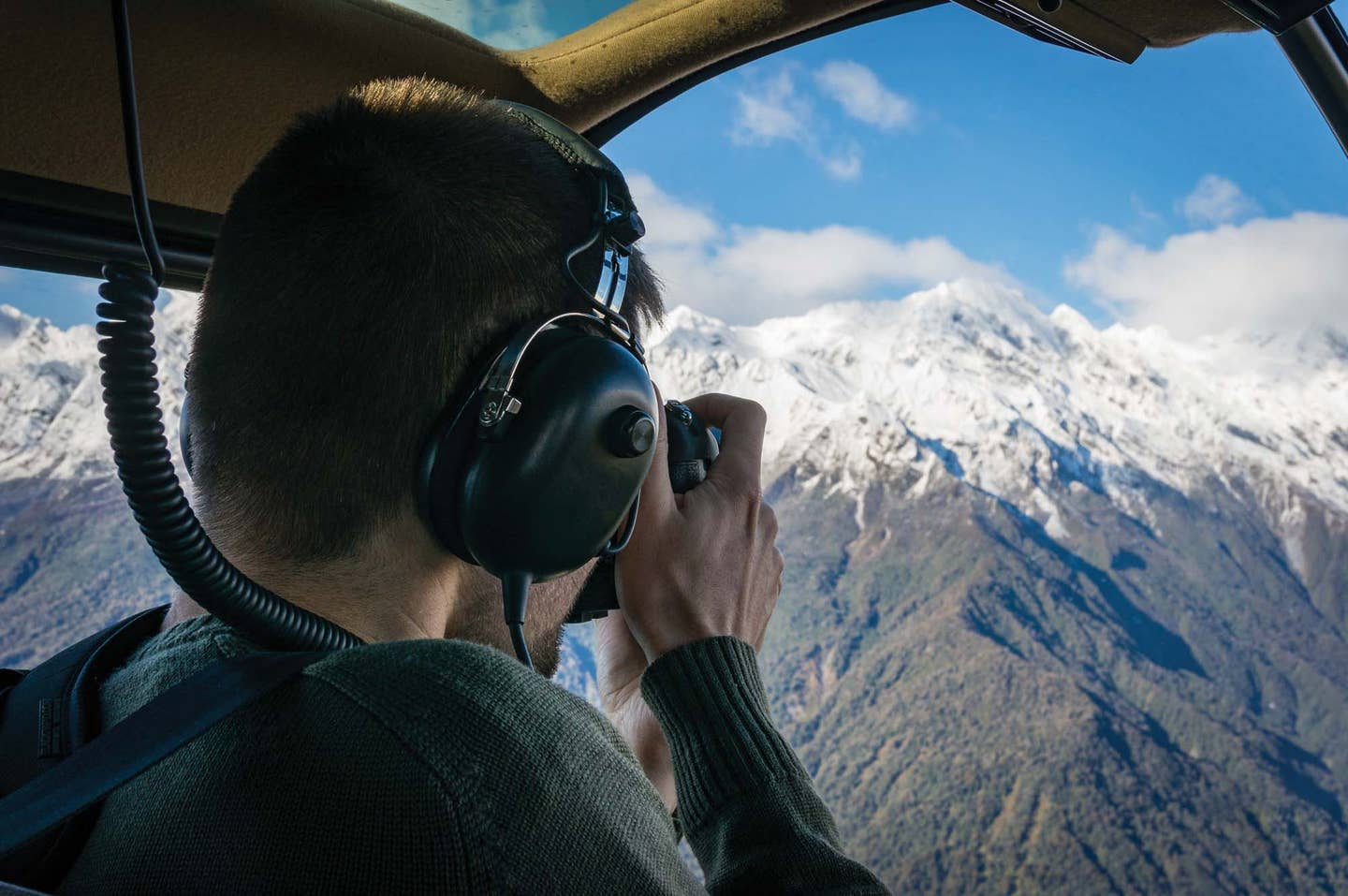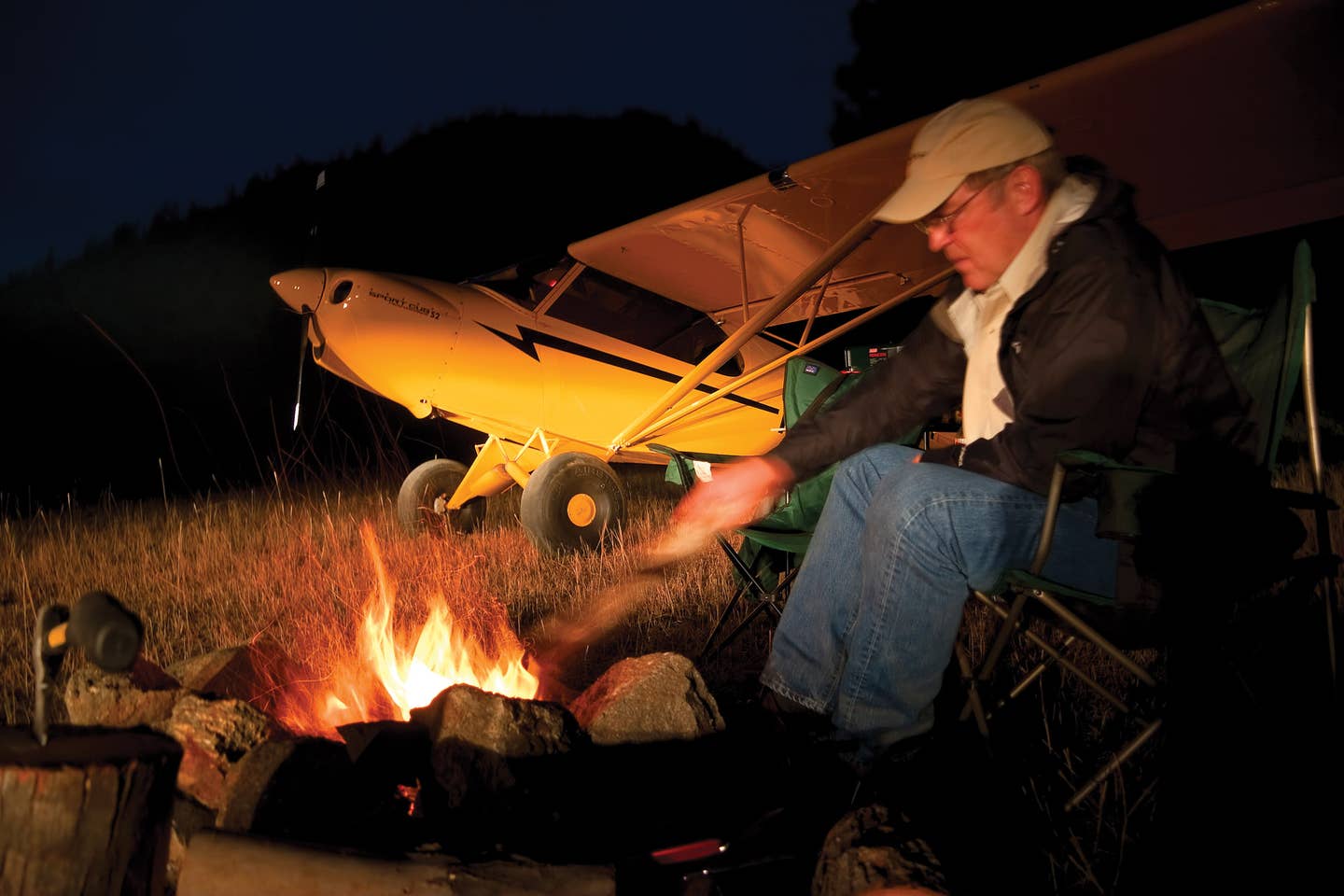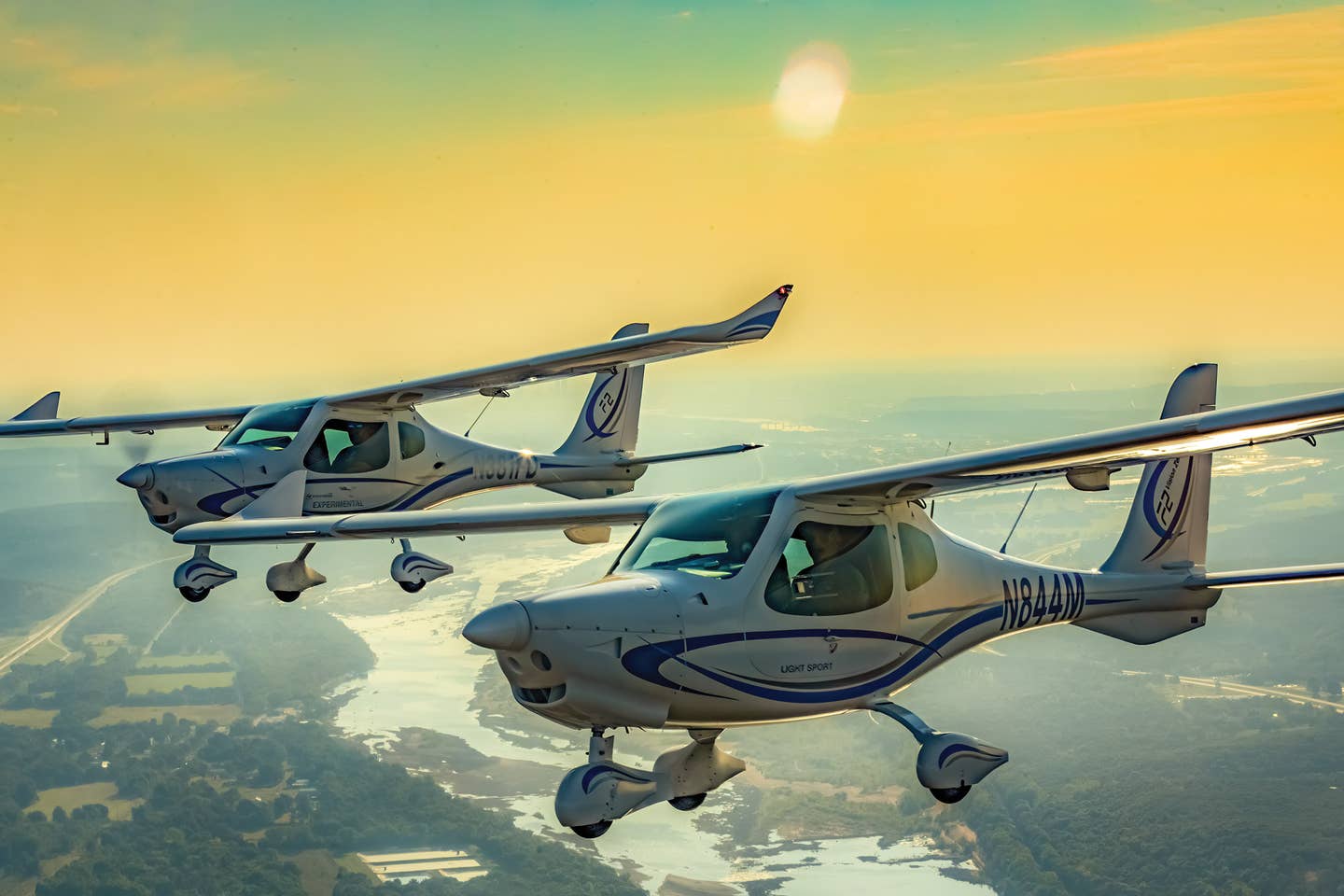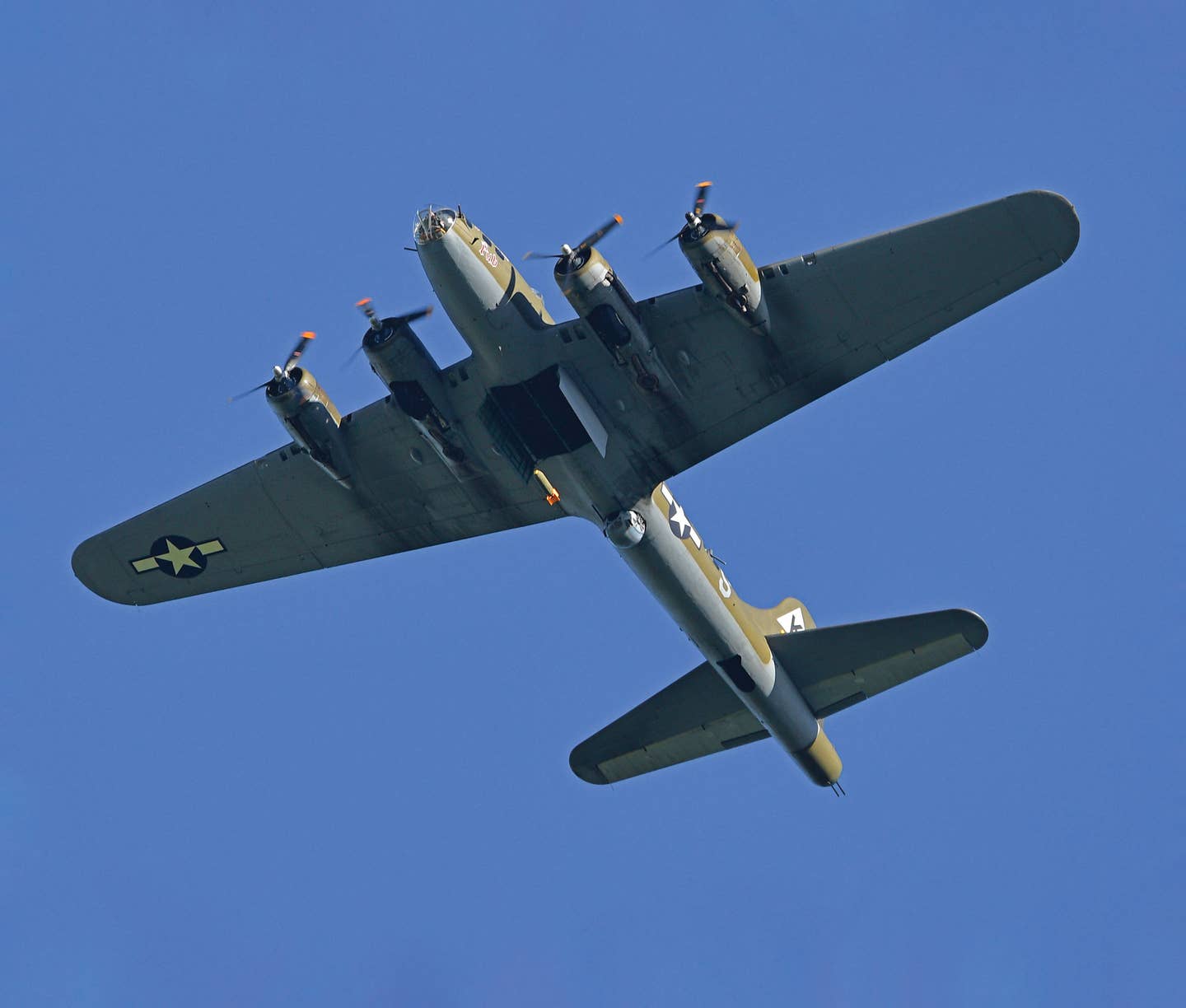Sky’s the Limit When Starting an Aviation Business
Seriously, who wants to be a millionaire?

Image: Adobe Stock
They say it’s not really work when you work at something you love. Perhaps opening an aviation-related business is the ticket to riches and happiness. Let’s explore some of those business opportunities that exist in today’s general aviation world.
As the old adage goes, “How do you make a million dollars in the aviation business? Start with 2 million, of course.”
While there is some truth to that, there are certainly ways to make money in aviation. It just requires a winning combination of knowledge, smart decisions, good timing, and, of course, a little good luck. Let’s count the ways toward that million, including tips and tricks for successfully operating that aviation business.
When we think of an aviation business, we automatically turn to flight schools and FBOs. And while there are some great opportunities in those areas, which we will explore here, let’s look at some of the unforgotten and less prevalent businesses in the rarified air of aviation companies.
These might include aerial photography, aircraft washing and detailing services, and advertising banner towing, to name a few. For those landlocked, how about an airport-based restaurant? All the aforementioned business opportunities could be your ticket to loving your job and starting on that first $1 million.
Flight Schools and FBOs
The perception of profitability in the business of flight instruction is not unlike a carnival game.
What looks easy to the chump on the midway is, at best, a challenge to profitability for the business owner. But go ahead and grab that softball and give it your Cy Young best with your attempt to knock down those carnival milk bottles. After all, some will succeed. The question is, will that be you?
To answer that question, we must start from the beginning. Well, I don’t mean the Kitty Hawk beginning. But let’s take a look at a brief history of flight training.
The Royal Air Force’s Central Flying School is the oldest flight training institution based in the United Kingdom. Formed in 1912, it continues to chug out military flight instructors on a regular basis. While it is in the business of flight training, it doesn’t need to worry about knocking down the milk bottles. In other words, unlike you, it does not need to be burdened with turning a profit.
As far as profitability, fast-forward from 1912 to the heyday of the late 1960s and early ’70s. Yes, an era of sex, drugs, and rock and roll (so, I’ve heard). And, most definitely, the age when flight schools were churning out private pilots faster than potato chips disappear at the conclusion of a weight loss seminar.
The increase in training and the resulting influx of newly minted private pilots during this time spurred the development and increased manufacturing of general aviation (GA) aircraft. In the mid-’60s through the end of the ’70s, many GA manufacturers saw annual deliveries exceeding 15,000 aircraft.
Whether for primary training or advanced ratings, flight schools needed aircraft to train those pilots. Pilots needed aircraft to fly. Life was good if you were in the flight training business during this time.
Was it profitable? Yes. And you didn’t even need the business acumen of Jeff Bezos to make it so.
In any industry, when cash flows are at record-setting levels, as it did in the ’70s, it can mask deficiencies and poor business choices made by those in charge. Most agree that in lean times making the right choices is imperative and critical, including controlling expenses and frivolous expenditures.
However, what is more important is to follow this golden rule in good times especially. This will increase your company profitability exponentially during robust growth periods and provide that cushion of cash when that rascally economic rabbit takes a wrong turn at Albuquerque.
Black Oil, Texas Gold
The mid-1980s was a prime example of an industry economic meltdown, which dramatically affected those in the flight training business, as well as most other sectors.
Patient zero was the oil industry. This downturn was preceded by a lack of oil demand, with overproduction and the subsequent colossal fall in oil prices that began in 1982 and came to a head in ’86. This oil bust meant the opulence of high-flying oil company executives, fancy cars, easy loans, airplanes, and other extravaganzas dried up faster than a puddle in the desert heat.
Cheap oil meant less cash flow for the oil industry. And since almost every industry has ties to the petroleum business, the trickle-down effect was devastating, especially again to those in the business of aviation.
The strong survived. The weak died. How you weather the next downturn in your new or existing aviation business will entirely be dictated by what you do today.
Let’s look at specific areas that will reduce your risk and position you with strength and fortitude, providing you with the stamina to absorb the next downturn. And, while I am all about rainbows and unicorns, call me Cynical Sammy, but the fact is there will be another downturn.
Recognize it. Prepare for it. Embrace it, and you will not only survive but thrive.
Easy Pickings
But in order to thrive, it’s time to think about your expenses. Where you can trim the fat and where you can conserve.
Have you ever complained about not having enough money in your wallet or purse and then you promptly drove to your local boutique coffee shop and shelled out $7 for a caffeinated drink you can’t pronounce, in a size that you know Webster’s never heard of? The mistake isn’t having your favorite daily Grande, Iced, Sugar-Free, Vanilla Double-Latte with Almond Milk. No, the mistake is not recognizing the true cost of a nonessential or discretionary expense. The same holds true for your aviation business expenditures.
Don’t make a Grande mistake.
But I Want It!
For those currently in business (or those about ready to embark on the business path), look at each daily expense, going back at least three months and preferably for a full year, line by line, and ask yourself if that expense truly is an essential cost of doing business. The easiest way to define an essential and nonessential expense is to ask yourself if that expenditure developed out of a “want” or originated out of a “need.”
Examples of company “needs” include insurance, payroll, and utilities. On the other hand, examples of “wants” (also referred to as discretionary expenses) would be office cleaning crew costs, a new shiny vacuum that Dyson implores you to buy in “five easy payments,” or the Costco-size case of bottled water that inhabits the corner of your office.
These “wants” could be eliminated without detrimental effects on the business. Yet, trimming these discretionary expenses will immediately improve your bottom line.
Check’s in the Mail
As the proud proprietor of a new aviation business, you may not yet draw a weekly paycheck, but your employees certainly will.
Payroll expense is one of the highest percentages of revenue outlay, especially in today’s marketplace. While it is a nondiscretionary expense, there are still ways to control and manage it effectively.
Some examples of managing your payroll expense will be determining if that position is a “want” or a “need” (sound familiar?). As a new entrant in the aviation business, do you really need a receptionist or office manager? As an owner, you will wear many hats. Add receptionist to your list of job duties and save that expense. While you’re at it, add janitor too. The more you can do for the betterment of your new business, the added likelihood that success will prevail.
And let’s look at other aviation-related businesses that might just be your ticket to riches:
Aerial Photography
Aerial photography of yesteryear is a far cry from today’s version. Most notably, the advent of relatively inexpensive drones utilizing 4K (and higher) camera resolution can now be utilized at a fraction of the cost of operating an aerial platform with the usual Cessna high wing.
In fact, with Part 107 commercial drone operators now totaling over 330,000 in the U.S., you might think this is a saturated market. However, because of the many industries that can be served economically by drone aerial photography, there are still viable opportunities for those with an eye for photo taking and an interest in aviation.
Some of those industries could be real estate, home roof inspections, residential and commercial chimney inspections, crop monitoring, event photography (think weddings, quinceañeras and the like), electronic news gathering, and insurance claim processing. Each of the aforementioned industries is well suited to a drone-centric aviation business.
Aircraft Detailing Service
If you are an aircraft owner and have ever attempted to clean and detail your aircraft, you can appreciate how difficult that seemingly simple task can be. In fact, after one attempt, you may decide this is a task that mates perfectly with outsourcing.
As a potential business for the budding aviation professional, it can be a source of regular repeat business, providing a much-needed service to aircraft owners. This type of startup business lends itself well to those who might have begun with an automotive or marine detail shop and are now progressing to the aviation world.
Aerial Advertising Business
What’s the first thing that pops into your head when you hear “aerial advertising”? I would guess that most of us would imagine the Goodyear Blimp.
Goodyear engineers developed a fabric envelope for lighter-than-air aircraft in 1912. Since then, the Goodyear Blimp has been synonymous with advertising, showing up and capturing images at major sporting events worldwide.
With fewer than 100 individuals worldwide with a lighter-than-air (LTA) airship certificate and the number of active pilots even less, it’s not likely that you will be doing an airship advertising startup anytime soon.
However, there are other viable alternatives that exist for creative-thinking commercial pilots who want to enter the aerial advertising business.
One of those is banner towing, a worthwhile choice for a developing aviation business. While it will take specialized training and an aircraft designed for low and slow flight, where banner tow planes live, the monetary and challenging aspect of banner towing can be very rewarding.
And for those in the computer age, there are electronic message center signs with STCs that can be installed on certain single-engine aircraft. These signs can be programmed with sponsor messages and flown over nighttime sporting events, displaying a Times Square-style message to those on the ground. This, too, requires an investment in specialized equipment, but with little competition and high visibility, a good return on your investment is certainly possible.
Helicopter Air Rides and Tours
If you are one of the 15,000 commercial helicopter pilots in the U.S., you may have considered turning your certificate into a business by providing helicopter rides and tours to the general public.
Since there is a fascination with rotorcraft aircraft, along with their ability to fly lower and slower than fixed-wing aircraft, helicopter tours have always been a popular choice for those wanting to experience their city or vacation destination from the vantage point of a tour helicopter.
With a commercial license and operating under FAR Part 91, you could find yourself looking for that perfect helicopter platform to jump-start your aviation business. Acquire a trailer-able helicopter and you could travel the nation following the sun and tourists across America, turning it into a year-round business.
Airport-Based Restaurant
For those who want to stay firmly planted on terra firma, but who have culinary talents, you might think about starting a business that could become the destination for the proverbial $100 hamburger.
That’s right, how about a restaurant on or near an airport or airpark? You might not think of it as a conventional aviation business, but it certainly combines the world of aviation with one of America’s favorite pastimes—eating.
One thing is certain. If you have the desire, ambition, resources, and knowledge to open a business, and you have a foundational interest in aviation, there are many opportunities, such as those presented here, that could put you on the road to riches.
However, there is a fine line between success and failure, so tread cautiously, work hard, work smart, learn from others’ mistakes, and start moving your way up the ladder of achievement that only you, as an aviation business entrepreneur, could envision and obtain.
How again do you make $1 million in aviation? You decide. You are an aviation business entrepreneur. Success is at your fingertips.

Subscribe to Our Newsletter
Get the latest Plane & Pilot Magazine stories delivered directly to your inbox






